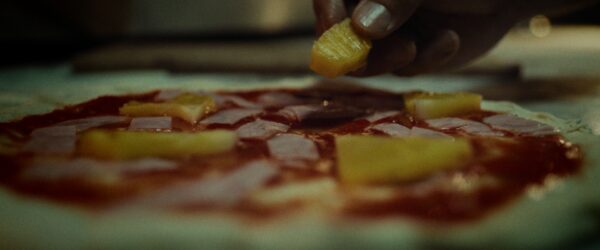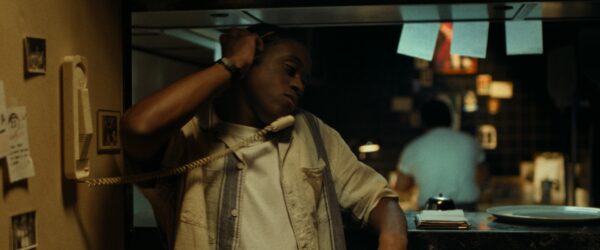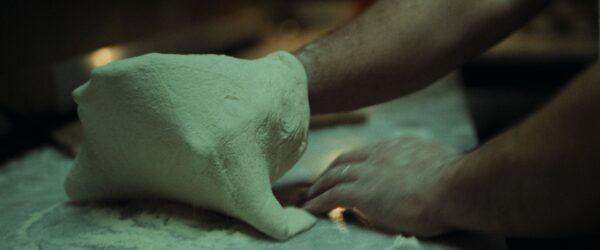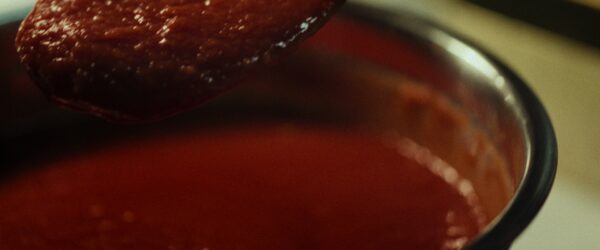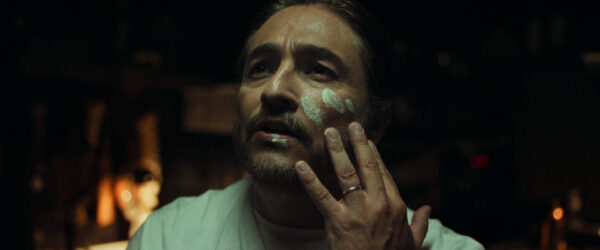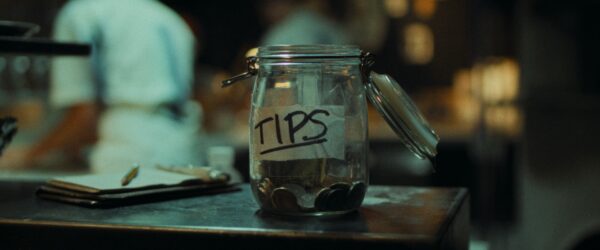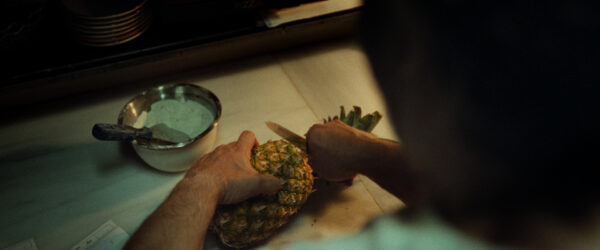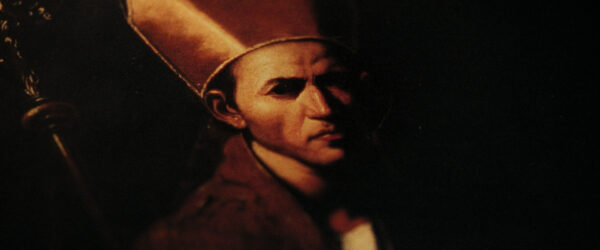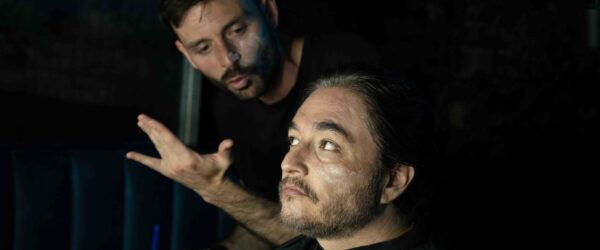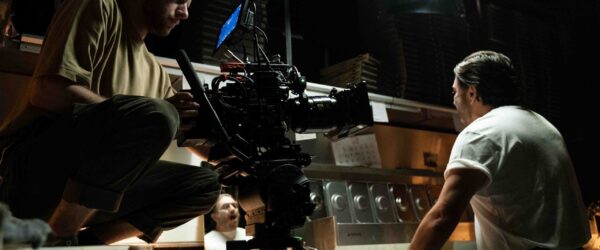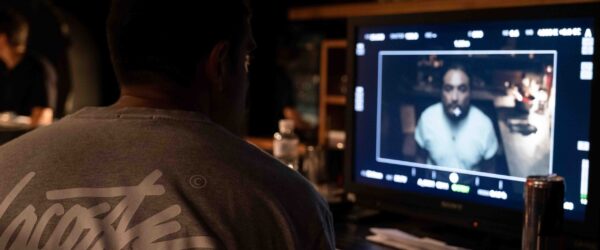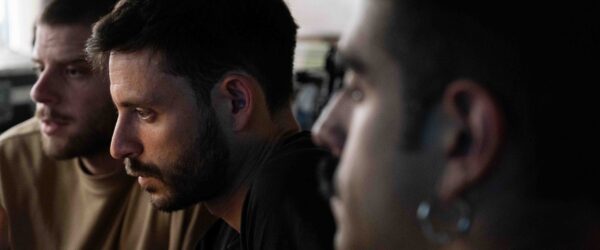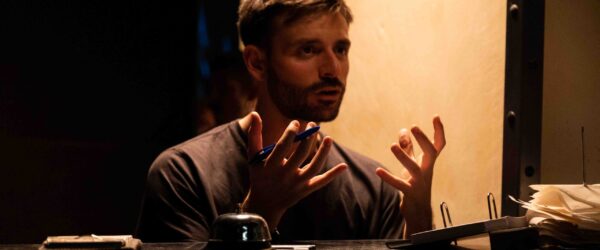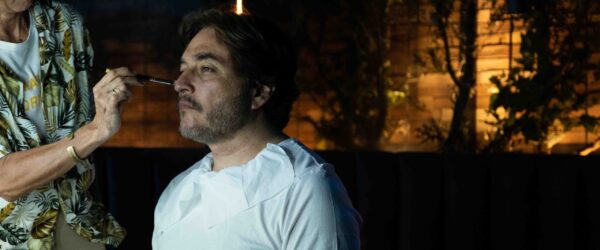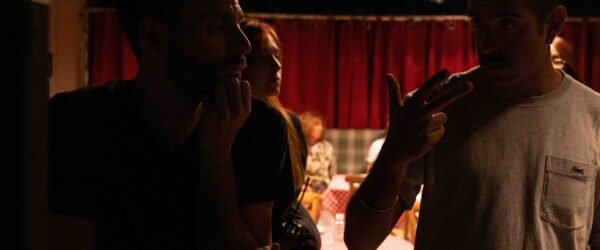Behind the Scenes
The Ultimate Insult: The Story Behind ‘Pagliacci’
In a quaint pizzeria somewhere outside of Italy, a longing-for-home Neapolitan pizzaiolo is confronted by an order that defies every pizza tradition he holds dear.
Inspired by the plight of the downtrodden hero in the classic opera of the same name, Pagliacci is a humorous and unexpected take on the familiar adage “the show must go on”. Directing duo Daniel Damanti and Humberto Besa, otherwise known as Hebelio, offered us some insights into the inspiration, personal connection, and process behind the film:
”"We are strong believers in modern ideas and change, but we do fear the world will become one big fast food, copy-paste, superficial society if we forget where beautiful things come from and why they are the way they are."
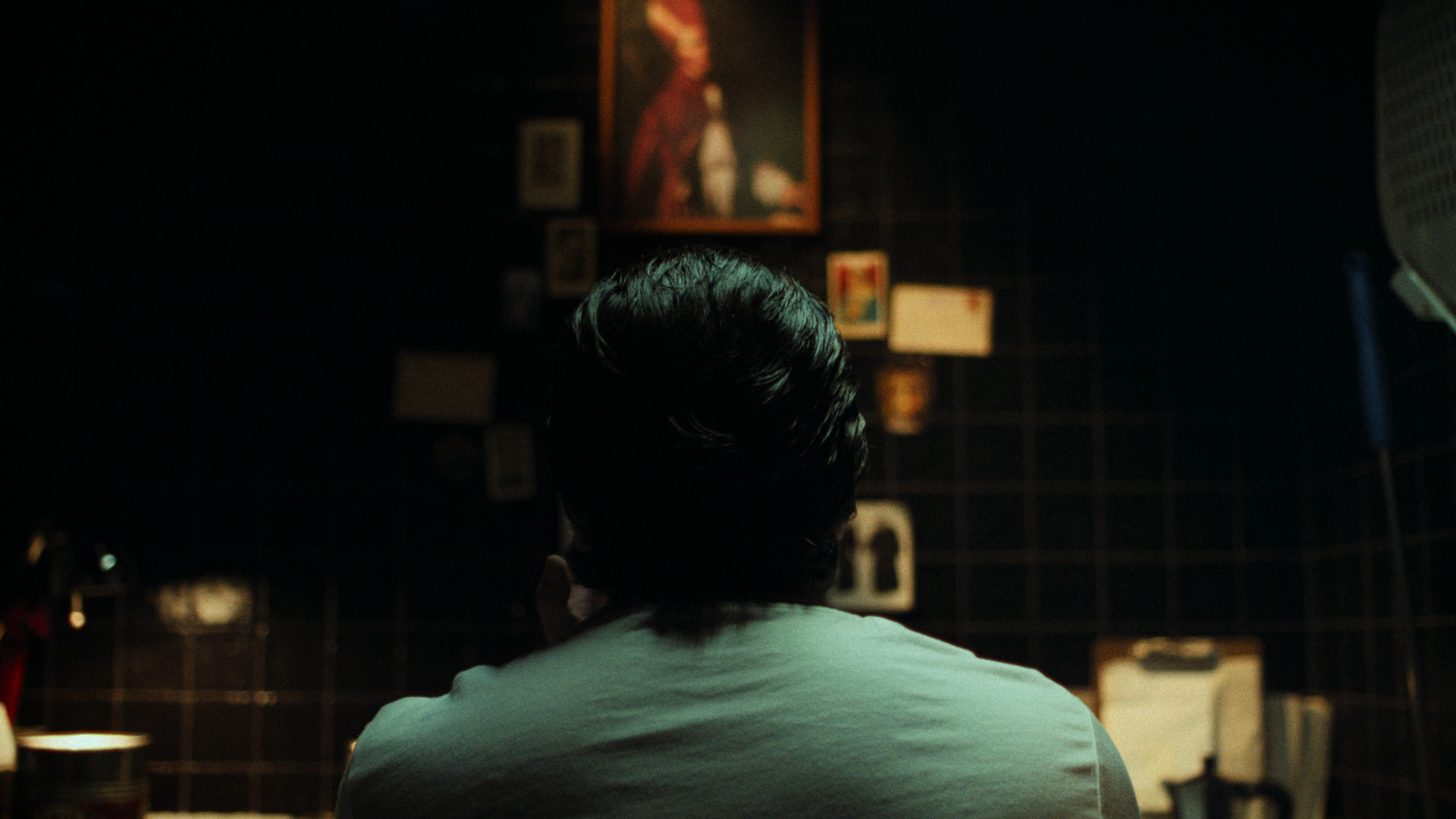
Filmsupply: What inspired you to create “Pagliacci”?
Rubén (the scriptwriter) has a personal project called “Pizza Activism”. Through street art and social networks, he fights against the use of pineapple on pizza, calling for the traditional values behind real Neapolitan Pizza.
Speaking with him, he told us he had an idea for a script in which he wanted to show the pain felt by a pizzaiolo living outside of Italy when he has to make a Hawaiian Pizza. To do this, he proposed leaning on the similarities between the pizzaiolo’s pain and that of Canio, the protagonist of the opera “Pagliacci,” whose heart is broken from treason.
We loved this idea straight off the bat, so we got down to business and started to bring the story to life.
Could you tell us a little bit more about the story behind Pagliacci?
Both stories have several things in common: pain, suffering, and strength. The original story is about a clown, Canio, who finds out that his girlfriend has been cheating on him with Harlequin and is completely heartbroken. However, he must still come out and perform as Pagliaccio in front of an audience because that’s what and who he is. He owes it to himself to come out and perform no matter how much pain he is in. “The show must go on” is the same feeling that our Pizzaiolo feels when he receives a heartbreaking order that forces him to make a pizza with pineapple.
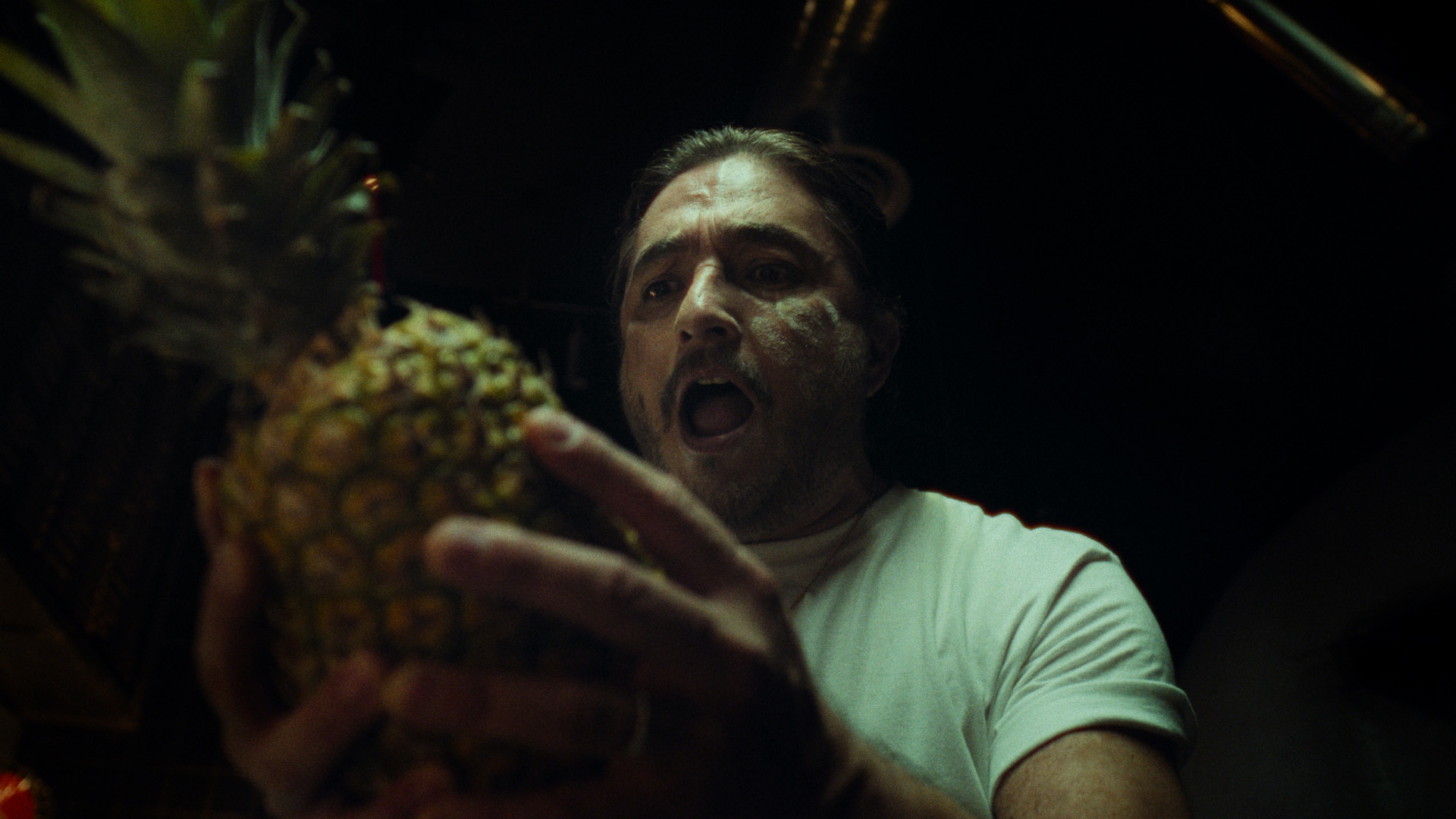
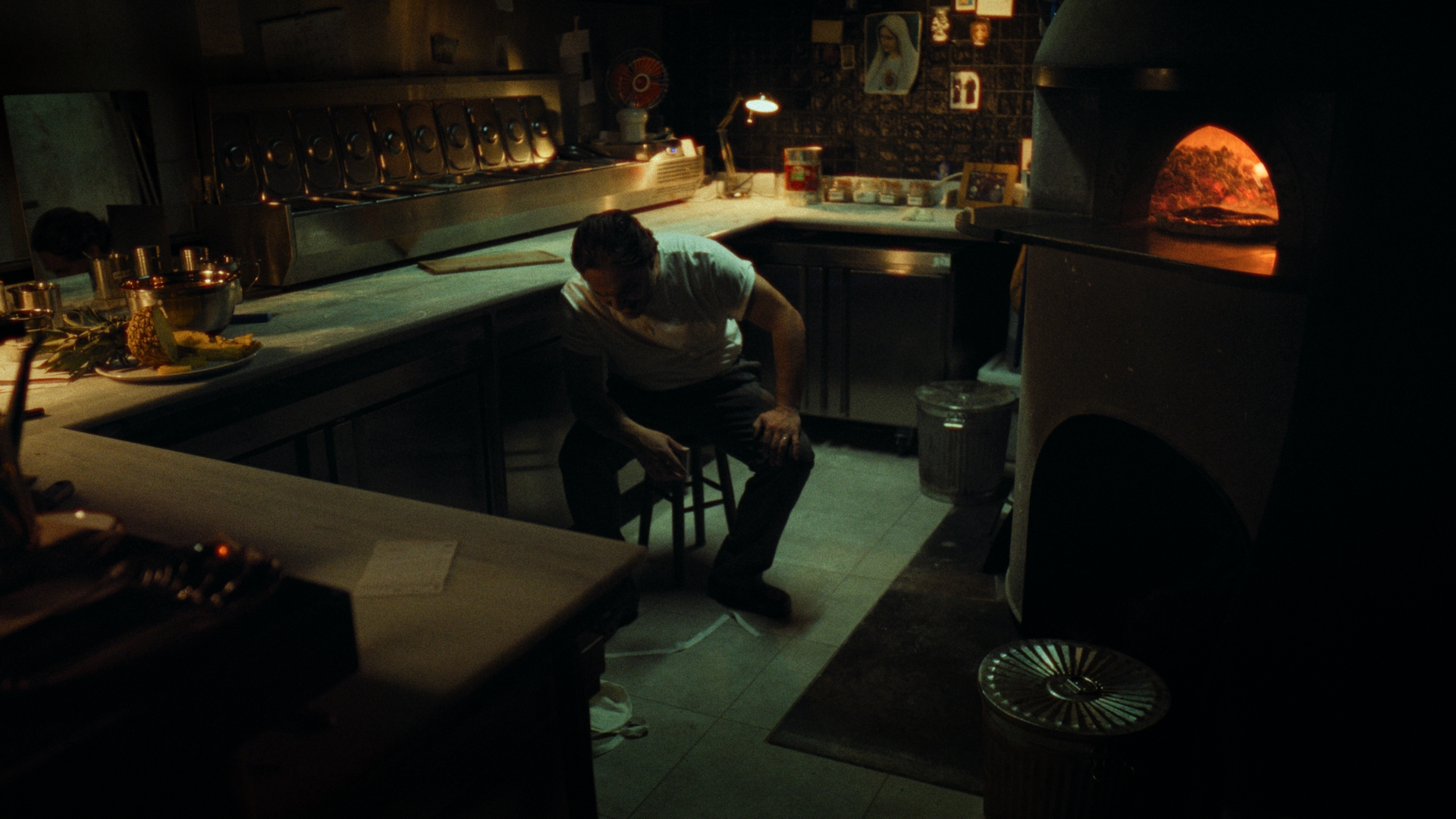
What is the importance of this story for you personally?
Both of us live in Madrid but were born elsewhere. We have different cultures and family traditions that we hold dear and that make us who we are. In today’s world, everything is so globalized that, at times, certain customs and traditions, or even simple ways of doing things, are forgotten. Our heritage—the unique things in our families, cultures, cuisines, arts, etc.—is not always remembered. We are strong believers in modern ideas and change, but we do fear the world will become one big fast food, copy-paste, superficial society if we forget where beautiful things come from and why they are the way they are.
Are there any other Directors or films you studied as you prepared for this project?
From the beginning, we tried to clear our minds of references so we could have a clear and personal approach to the concept. We knew that frustration, sadness, and pain were at the heart of the story.
As we got further into the process, some clear references came up. An immediate film that comes to mind is “Joker”. This influence for us was less about traditions and more about the aesthetic and using clowning as a way of expressing pain.
Another source of direct inspiration for us during our brainstorming sessions is the film “If Beale Street Could Talk”. We really connected with how, at times, the main character is ripped apart from creating his art and how he remembers and longs for the process.
Your goal was to cast an actual opera singer in the lead role to maintain authenticity. How did you find your talent?
In our early conversations, we knew we needed a professional tenor. When Ruben wrote the script, he began searching for tenors around Barcelona and came across Nacho Guzmán.
When we met Nacho, we knew it had to be him, and we made everything possible to bring him to Madrid and have him on board.
Did you face any creative challenges during the development of the film? If so, how did you overcome them?
Finding the right pizzeria was probably the most difficult part of the process. None of the possibilities we came across really worked for us. It was hard to find a place that served only pizza and wasn’t a fast food joint or trying to feel too much like Italy. Also, for the ending to land properly, we needed it to have a classier atmosphere and a crowd of patrons who could believably appreciate the beauty of opera.
In the end, we chose a pizzeria that had a beautiful kitchen, and our art designer, Helena, pretty much built the look of the restaurant from the ground up.
Another aspect we spent a great deal of time on from a creative point of view was striking the right balance between a short film, a sort of music video of an opera, and a story with a commercial-style punchline.
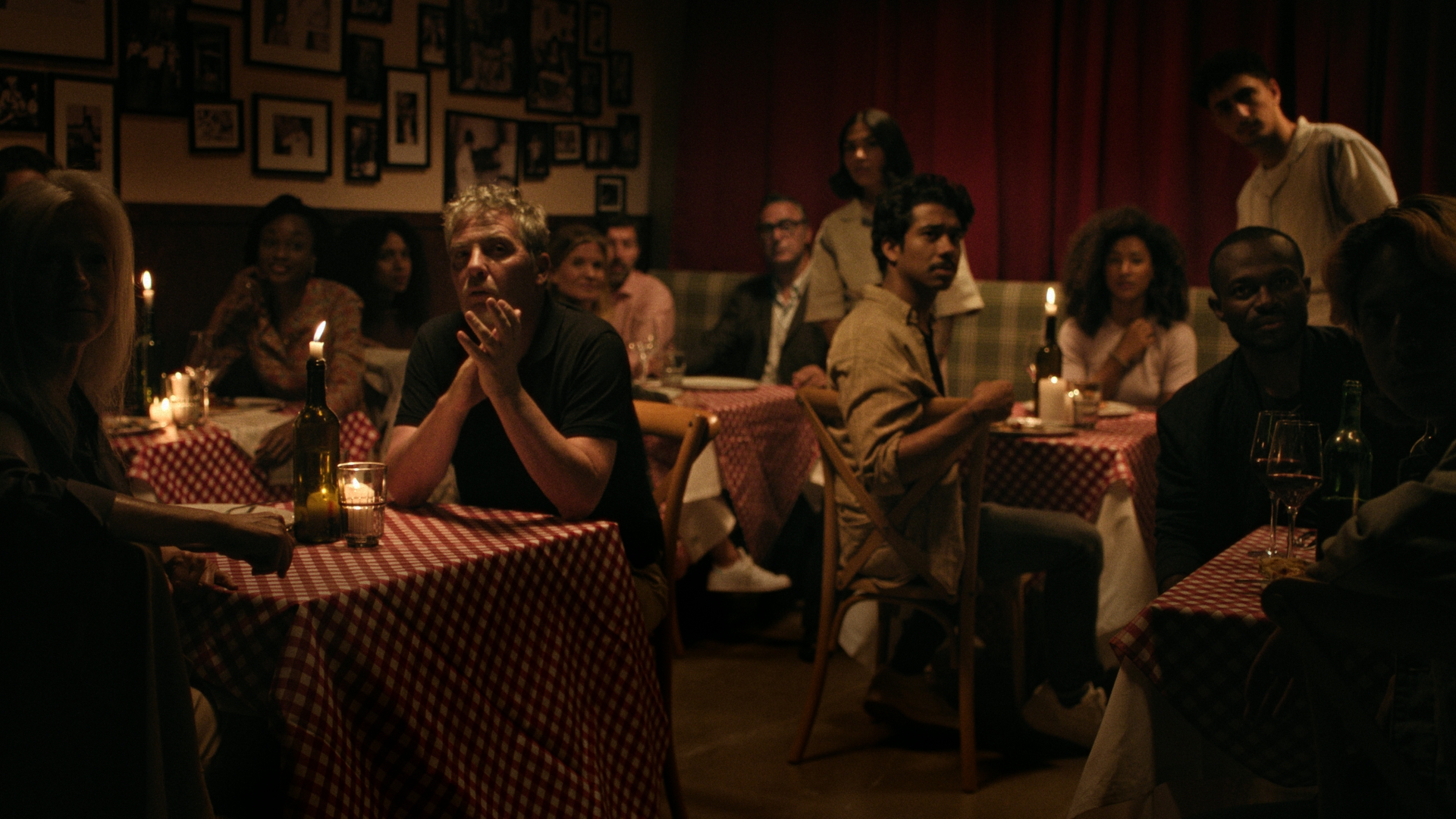
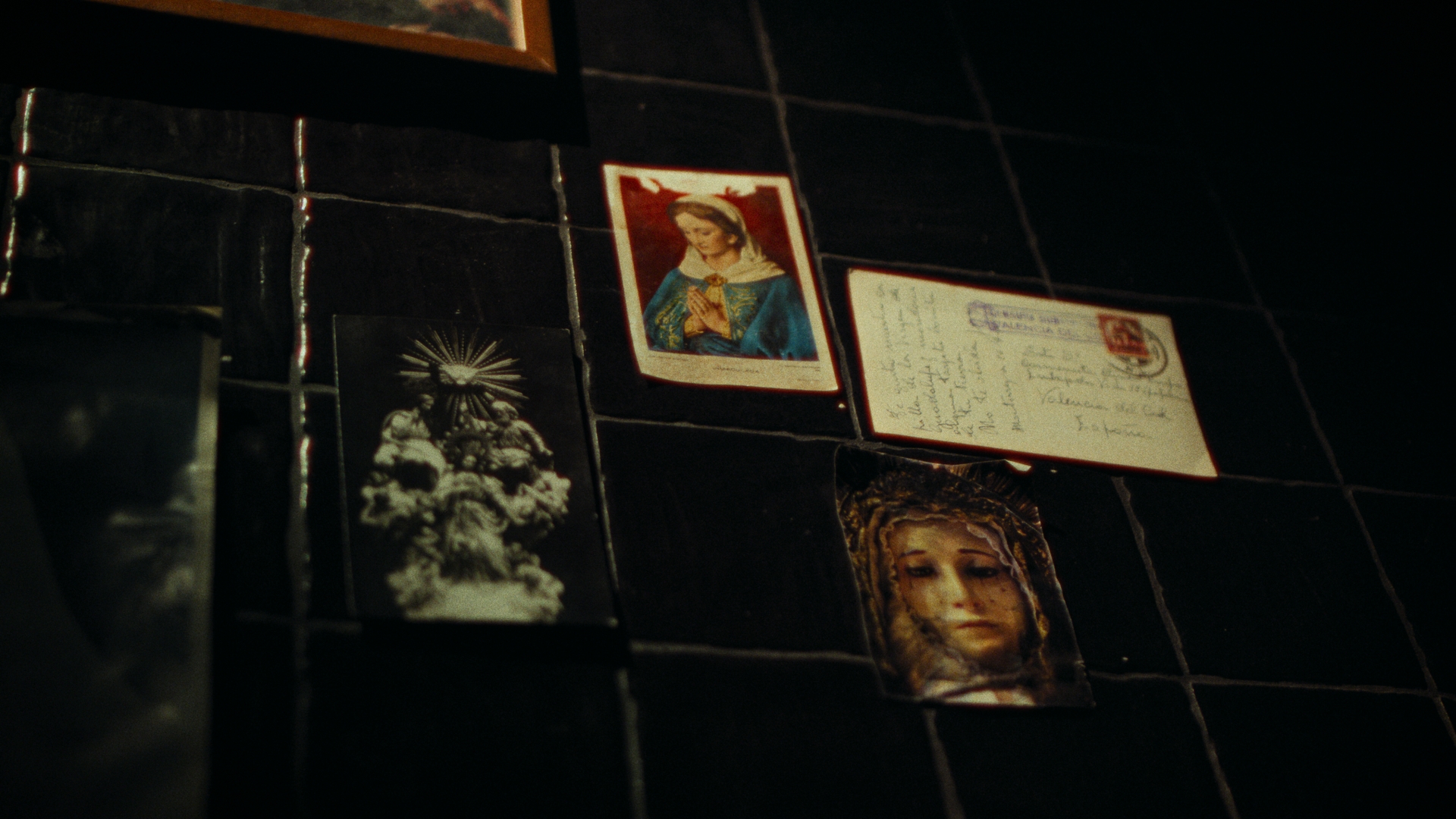
Were there any moments during shooting that stand out in your memory?
There were wonderful moments through the process. Our team was fantastic and brought everything to life in a very natural way. Seeing the restaurant all set up and looking at Nacho in costume for the first time are great memories.
We experienced another very special moment when Nacho, our pizzaiolo, is looking into the fire. Our cinematographer Àlvar Riu set the most beautiful and low-key light around Nacho to capture him pouring his heart out. This one particular shot was a close-up of a tear running down his face while singing full power live. It was very moving and made all the work behind this project worth it. We could see then how powerful our film could turn out!
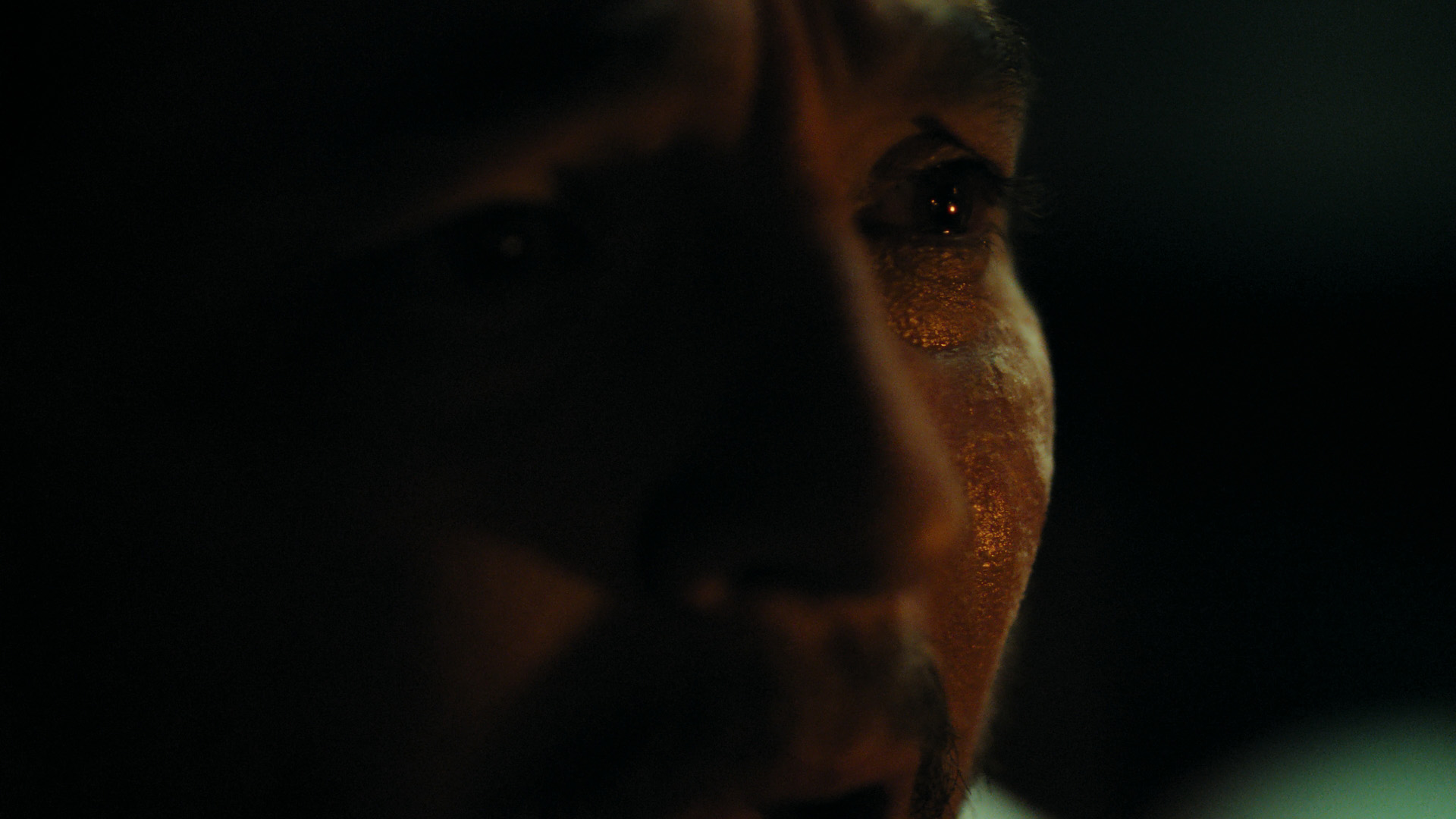
Did you encounter any surprises in the editing process that required a creative solution?
We had been working on this project for a while and were very sure of what we wanted. We both knew exactly what the structure of the story should be, and we worked meticulously to study the opera and find interesting similarities with our story. For example, we have a painting of St. Gennaro, the patron of Naples and therefore pizza, looking down at Canio when he sings the line in which he explains that “people come to see a show, and I must go on”.
When we went into the editing room, it was a pretty straightforward puzzle to put together.
From a sound design perspective, the blending of singing, opera recordings, and natural sounds from the restaurant had to be perfectly balanced. What did you do on-set and off-set to ensure you captured each element appropriately?
Our sound designer, Jose, brought some very interesting elements to the table. We especially appreciate the transition in sound at the time the pizzaiolo reads the note and the shock hits him.
Also, in order to ensure the performance was believable from an opera standpoint, we wanted Nacho to actually sing on-set. In order to make that work from a timing and sound design perspective once we got to the editing process, we made sure Nacho had a recording of his own voice to sing to during the shoot. Off-set, we gave the opera priority over most other elements to preserve the true nature of the story.
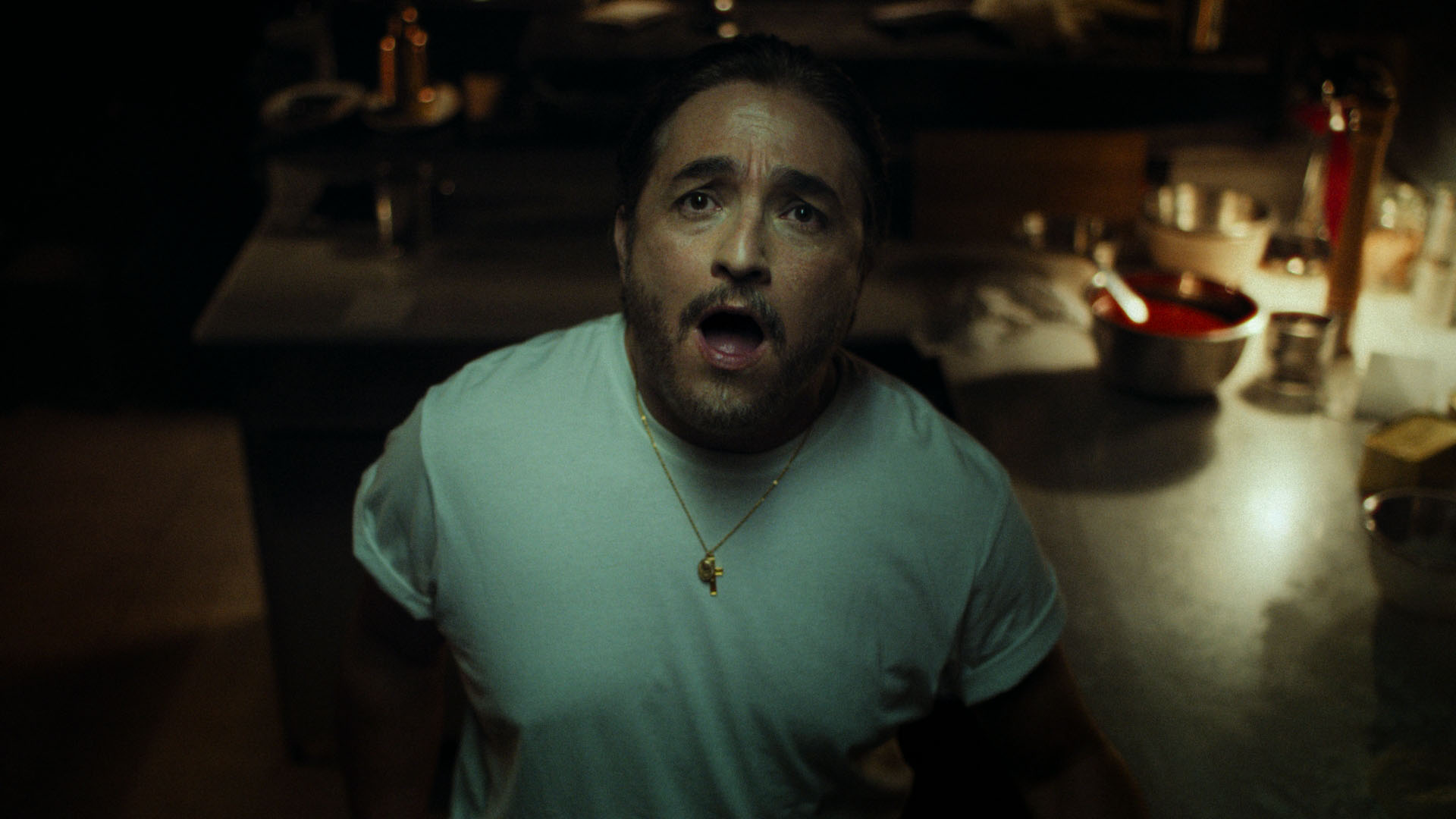
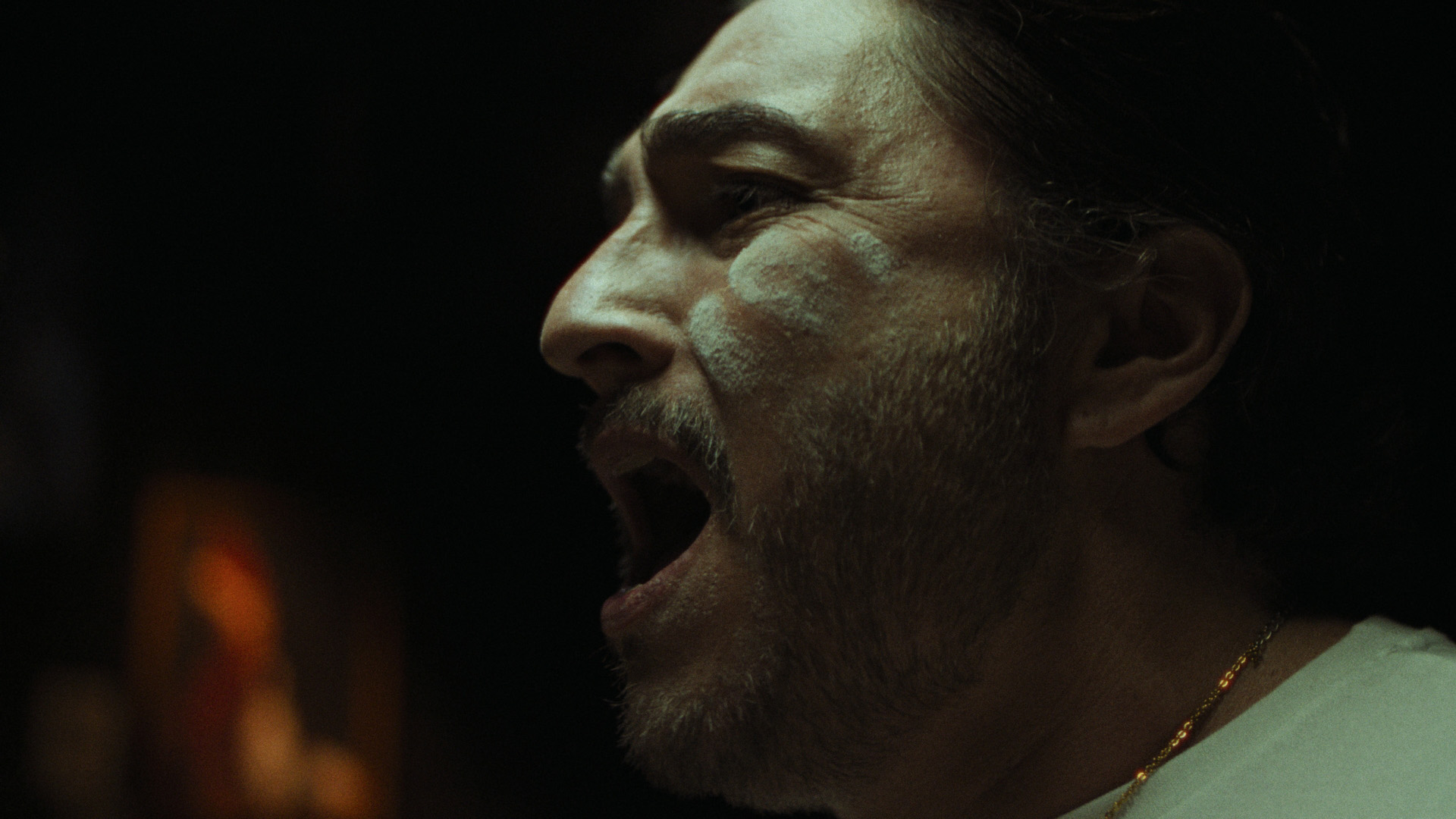
How did your experience in the music video industry impact your approach?
In this sense, having directed music videos really helped. The pacing of the film and the balance between video and audio made us comfortable with the fact that we needed someone to actually sing, We knew lip sync wasn’t an option because opera singers tense certain muscles when they sing, and if our hero wasn’t doing that, it wouldn’t be believable. Imagine a rock singer just standing still and mouthing the words; it just wouldn’t work. So we needed Nacho to actually sing over his own voice at full volume.
Music videos often have a faster pace in the filming process, and time was certainly of the essence here, so we had the experience to know when to stop and give certain shots more time and how we could make up for that time later on.
This film is a unique combination of comedy, music-driven drama, and slice-of-life moments. How did you create balance between these elements to maintain the authenticity of each component while still ensuring the continuity of the story?
Telling the story from the bottom of our hearts was our goal.
This is one of the most important aspects of our film. By far, what made this possible was the creative liberty Trust gave us. Having no creative restrictions allowed us and everyone in our team to work freely and grow stronger together rather than working under an imposed idea which sadly happens often in the industry. This opened up a great environment and allowed people to bring ideas to the table that might not have happened otherwise. It was clear that if we want to do something, let’s do it. Let’s enjoy not having limitations, pushing certain boundaries, lighting the scene the way we want, and not having a client or agency behind a product calling the shots. This was wonderful.
What do you hope to accomplish with this film?
We are super grateful for this project because it gave us the chance to fall in love with directing once more – being able to shoot something that you really want and believe in. We really hope this allows us to also showcase what we can and want to do, our style, and our capabilities in order to continue doing what we like. It can be hard to create your own style while adapting to commercials or very specific projects, so this really gave us the freedom to be who we are and explore new ranges.

